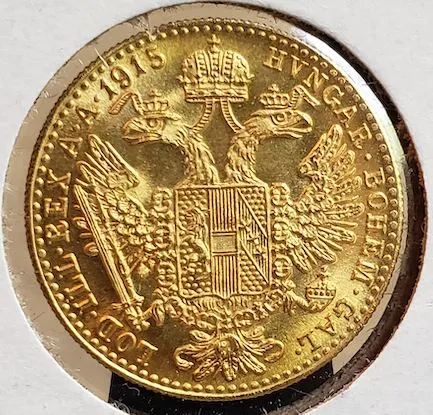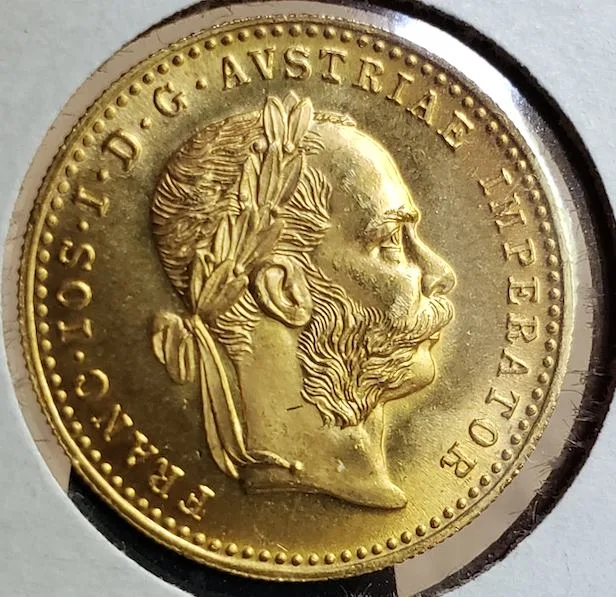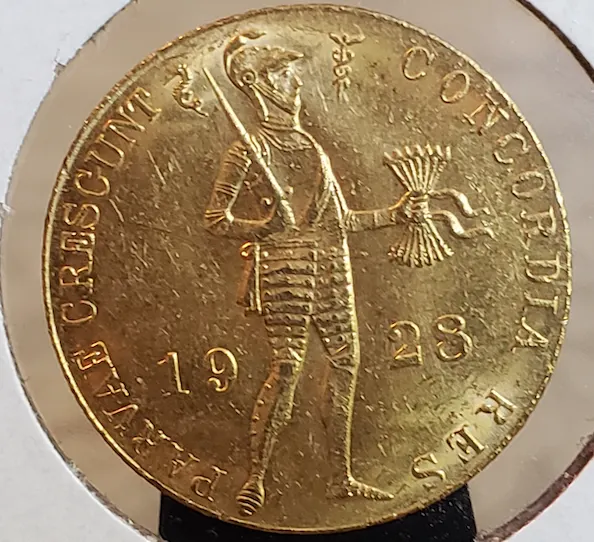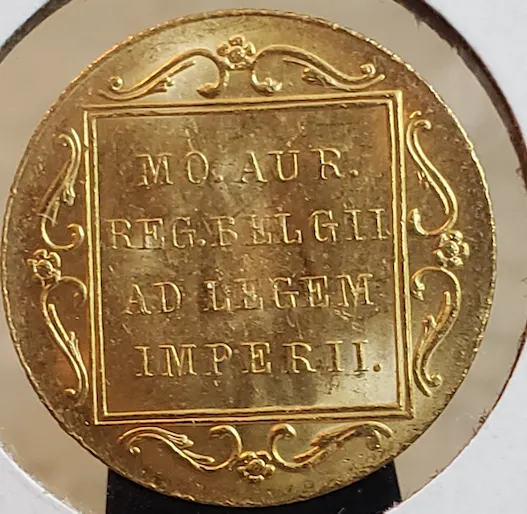What’s up everyone, in today’s post I thought I’d show off some Gold Ducats. These unique pieces of historical European Gold Coinage once served as trade currency for both the Dutch and the Austrian / Hungarian Empires.
Not only are these excellent additions to the collection, they also serve as a form of wealth preservation due to their high gold content. These coins are, therefore, popular among numismatic collectors and gold stackers alike.
History of the Ducat
The ducat coin was used as a trade coin in Europe from the later Middle Ages from the 13th to 19th centuries. Its most familiar version, the gold ducat or sequin containing around 3.5 grams of 98.6% fine gold, originated in Venice in 1284 and gained wide international acceptance over the centuries. Similarly named silver ducatons also existed.
The gold ducat circulated along with the Florentine florin and preceded the modern British pound sterling and the United States dollar.
The two examples I show here are the Austrian and Dutch Gold Ducat.
Austrian Gold Ducat

The Gold Austrian Ducat is one of the worlds oldest and purest bullion coins, containing 98.3% gold content (23-karat).
By the 1850s and the formation of Austro-Hungarian Empire, the Austrians would adopt the Dutch Ducat as a format for gold trade currency.
This coin is an official re-strike dated 1915 and is popular among gold bullion stackers.

Franz Joseph I features on the obverse of the coin, with the coat of arms of Austria and a double-headed Imperial Eagle on the reverse.
The coin weighs 3.5 grams and has 3.451 grams of pure gold content. So it contains 0.1107 oz of gold.
The melt value of the gold at today’s price (August 6 2022) is USD $197.61 with Spot Gold at USD $1776.40.
Dutch Gold Ducat

By the early 1600s, Amsterdam had become a center of international trade and Dutch-type Ducats were being issued for use as global trading currency. Early examples still appear from time to time that were used by the Dutch East India Company.
This coin has one of the coolest pictures I’ve seen on coins. The obverse of the coin depicts a knight holding a bundle of arrows signifying the unity of the six northern provinces under the 1579 Union of Utrecht — a declaration of independence from Spain. The motto Concordia Res Parvae Crescunt translates as “the union makes small things grow.”

The legend on the reverse translates to “money of the provinces of the United Netherlands according to the law of the empire.”
The coin weighs 3.49 grams and has 3.431 grams of pure gold content. So it contains 0.1104 oz of gold.
The melt value of the gold at today’s price (August 6 2022) is USD $197.61 with Spot Gold at USD $1776.40.
Save, Invest, Build Wealth and Prosper
In case you’re wondering here’s where we park our money and some financial services that we use (please note these are affiliate links where we receive small compensation for signups and sales):
For our precious metals and coin capsules, we use Silver Gold Bull because they price match and offer fast, insured, delivery.
For our Daily banking we use Tangerine because they offer incredible products and no-fee banking.
For investing we use a combination of TD Waterhouse (for legacy investments) and Questrade because it offers incredible value with low cost stock purchases and free ETF purchases. If you haven’t done so already, check out my Questrade Review to see why it’s the best deal around. Get $50 in Free Trades when you signup for Questrade through this link.
Thanks for reading this post on Gold Ducats and be sure to check out my Coin Collecting Page.